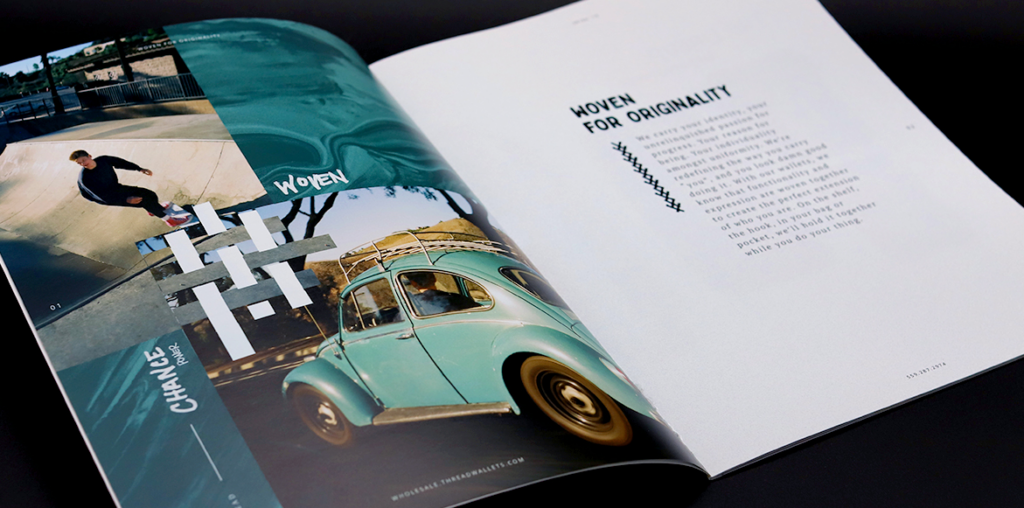When designing a book layout, incorporating footnotes and endnotes can elevate the reader’s experience and ensure clarity of references. These elements are essential for academic works, non-fiction, and even certain types of fiction where detailed explanations or sources are necessary. Their placement, formatting, and design must align with the overall aesthetic and usability of the book. With the help of professional Book Layout Design Services and Book Cover Design Services UK, authors can ensure that footnotes and endnotes enhance, rather than detract from, the readability and appearance of their books.
What Are Footnotes and Endnotes?
Footnotes appear at the bottom of the page where the reference is made, providing immediate context for the reader without interrupting the main text. Endnotes, on the other hand, are consolidated at the end of the chapter or book, offering a cleaner layout for the body text but requiring readers to navigate to another section for additional information. Choosing between footnotes and endnotes often depends on the book’s style and purpose.
Placement and Formatting
Footnotes:
Footnotes should be visually distinct from the main text, typically smaller in font size, with a clear separator line. They should align with the page margins and follow a consistent numbering or symbol system throughout the book. Professional book layout designers ensure that footnotes are not overcrowded, even on pages with dense text, maintaining a balance between readability and design.
Endnotes:
Endnotes are generally listed in a separate section, often titled “Notes” or “References.” The layout for endnotes includes numbering that corresponds to markers in the text, with enough spacing between entries for easy reading. Designers also ensure the section fits seamlessly with the book’s typography and formatting style.
Challenges in Designing Footnotes and Endnotes
Incorporating footnotes and endnotes presents several challenges, such as:
- Maintaining Readability: Too many footnotes on a page can overwhelm readers. Designers often break lengthy notes into manageable sections or recommend moving them to endnotes.
- Consistency: The numbering, alignment, and spacing must remain uniform throughout the book.
- Adapting for Digital Formats: For eBooks, footnotes and endnotes require hyperlinks for easy navigation, ensuring that readers can jump back and forth without losing their place.
Enhancing Design with Professional Services
Engaging professional Book Layout Design Services ensures that footnotes and endnotes are seamlessly integrated into the book’s design. These services handle complex layouts, ensuring consistency and aesthetic appeal. Similarly, Book Cover Design Services UK provide complementary cover designs that reflect the professionalism of the book’s interior, creating a cohesive package.
Conclusion
Footnotes and endnotes play a vital role in enriching a book’s content, particularly for detailed or reference-heavy works. By working with experts in layout and design, authors can present these elements in a way that complements their book’s style while prioritizing readability and functionality. A well-executed layout leaves a lasting impression, reinforcing the book’s credibility and appeal to its audience.


